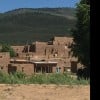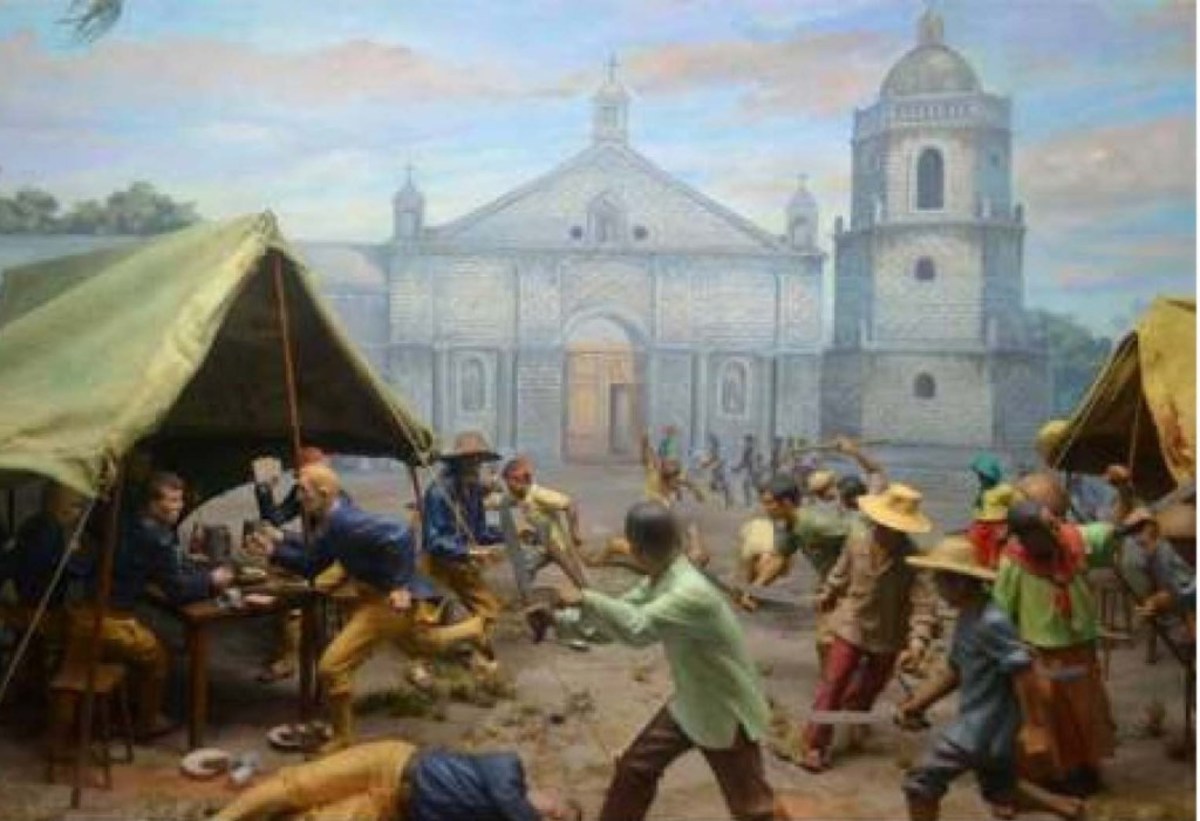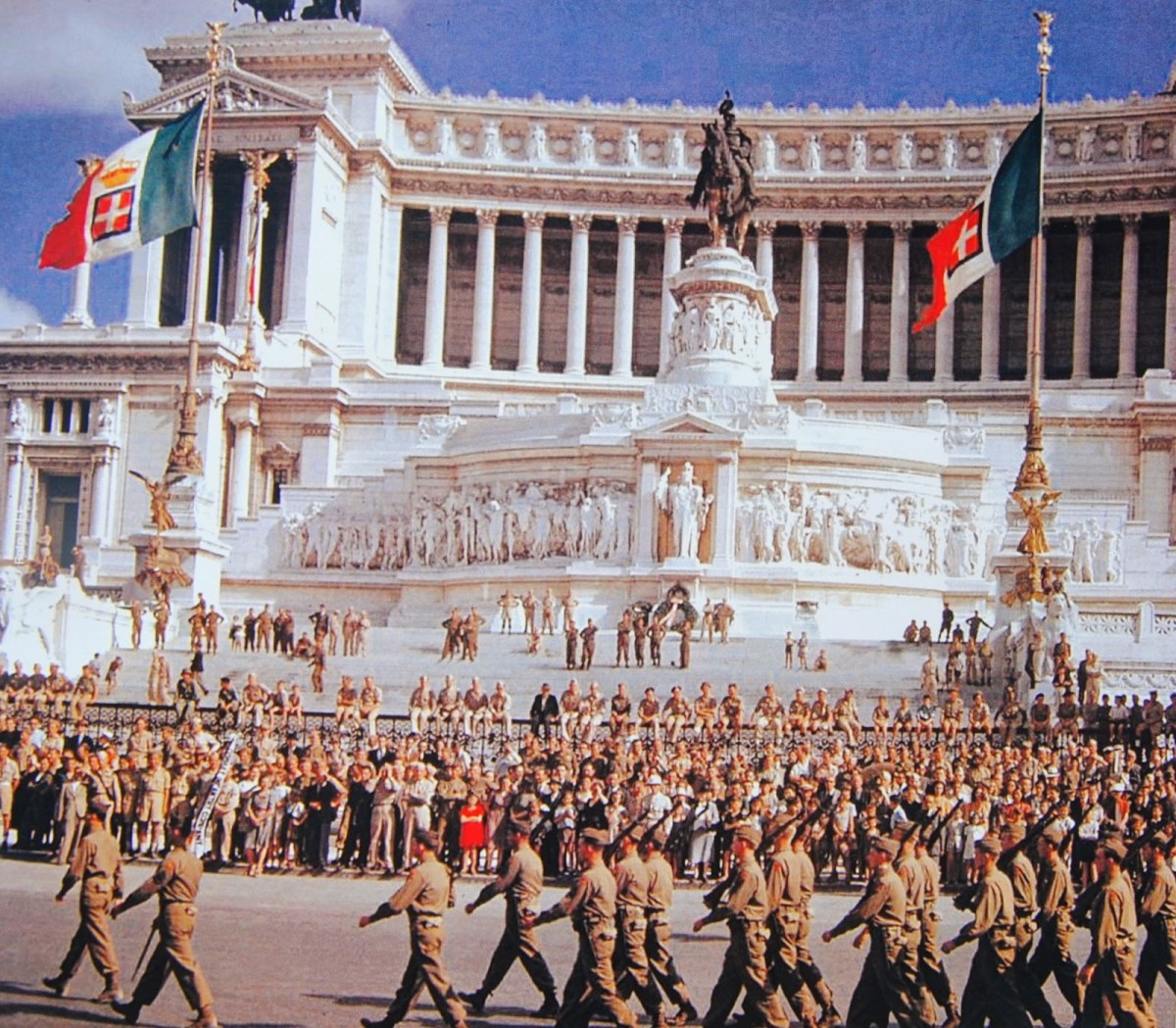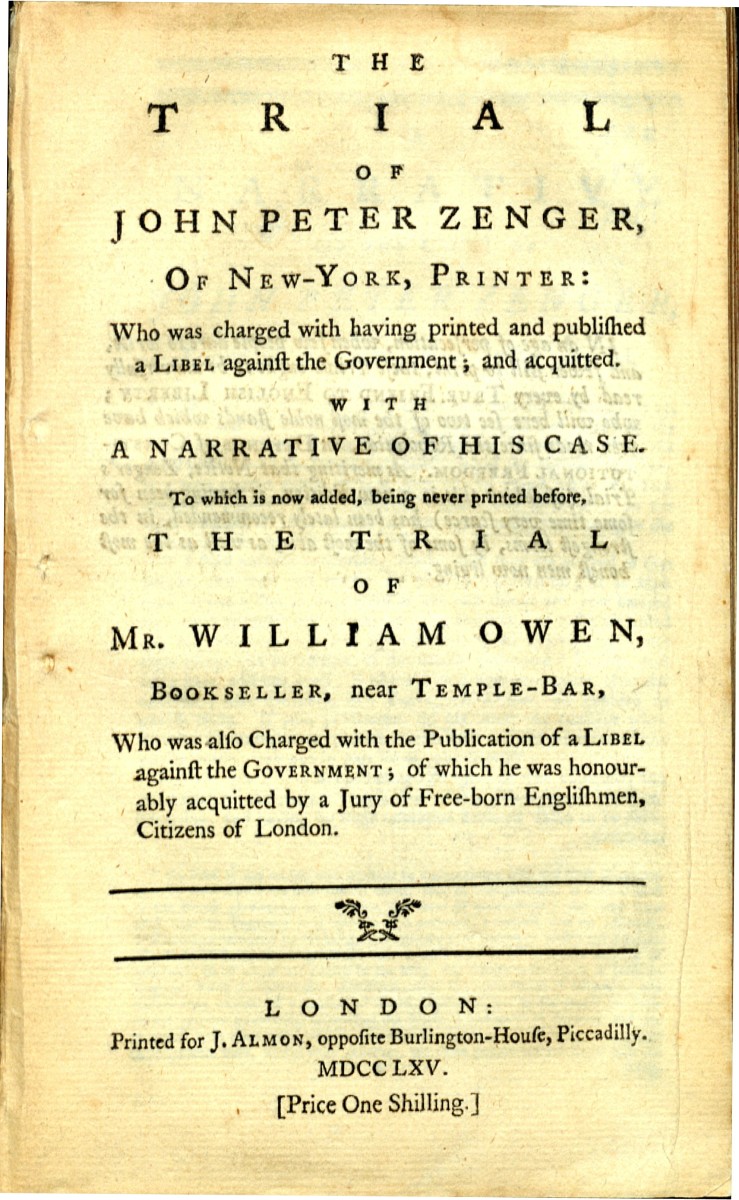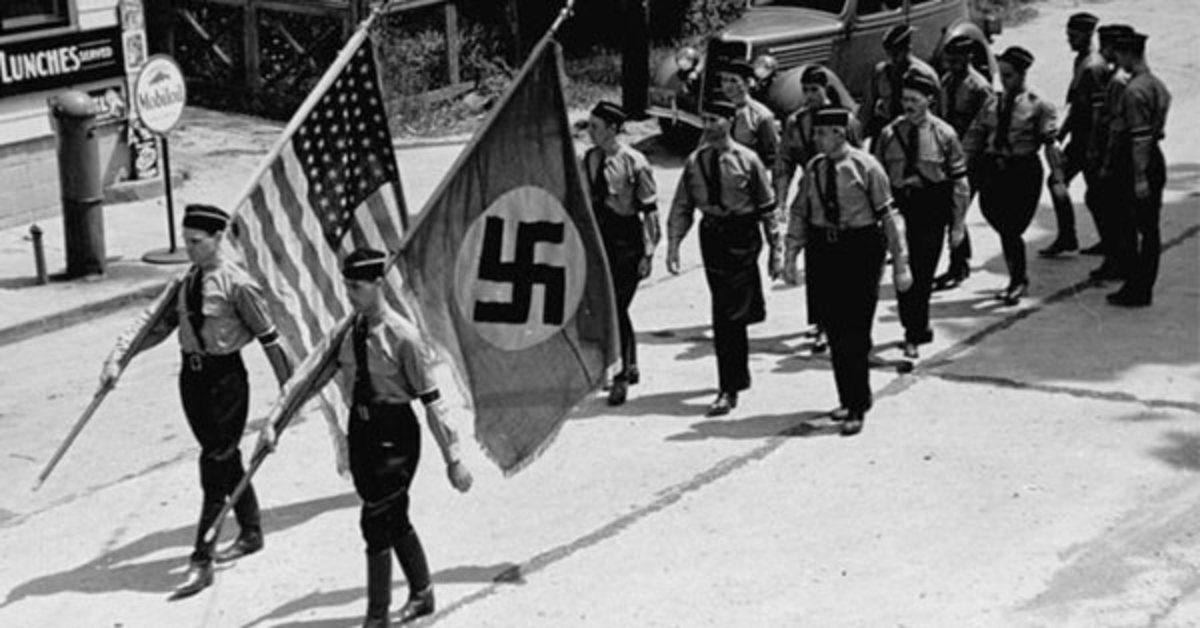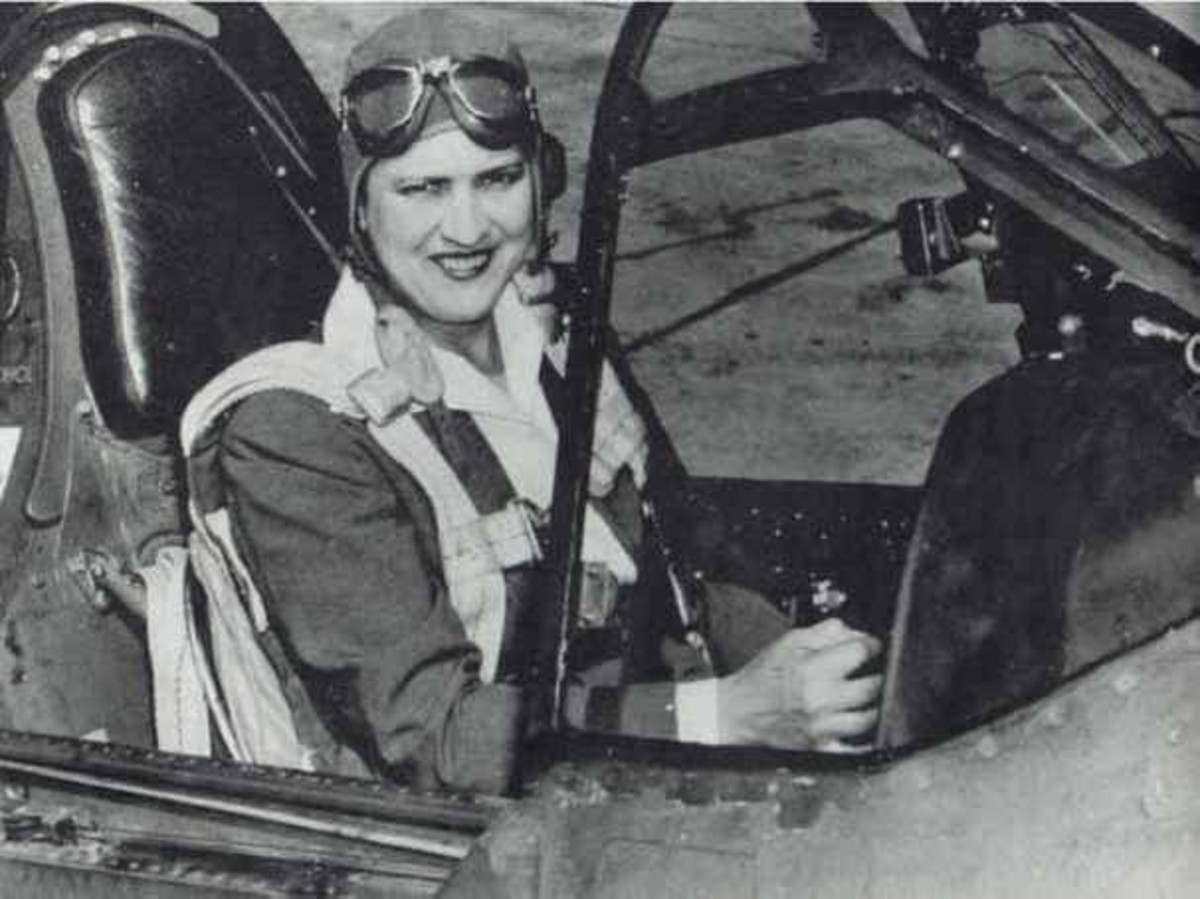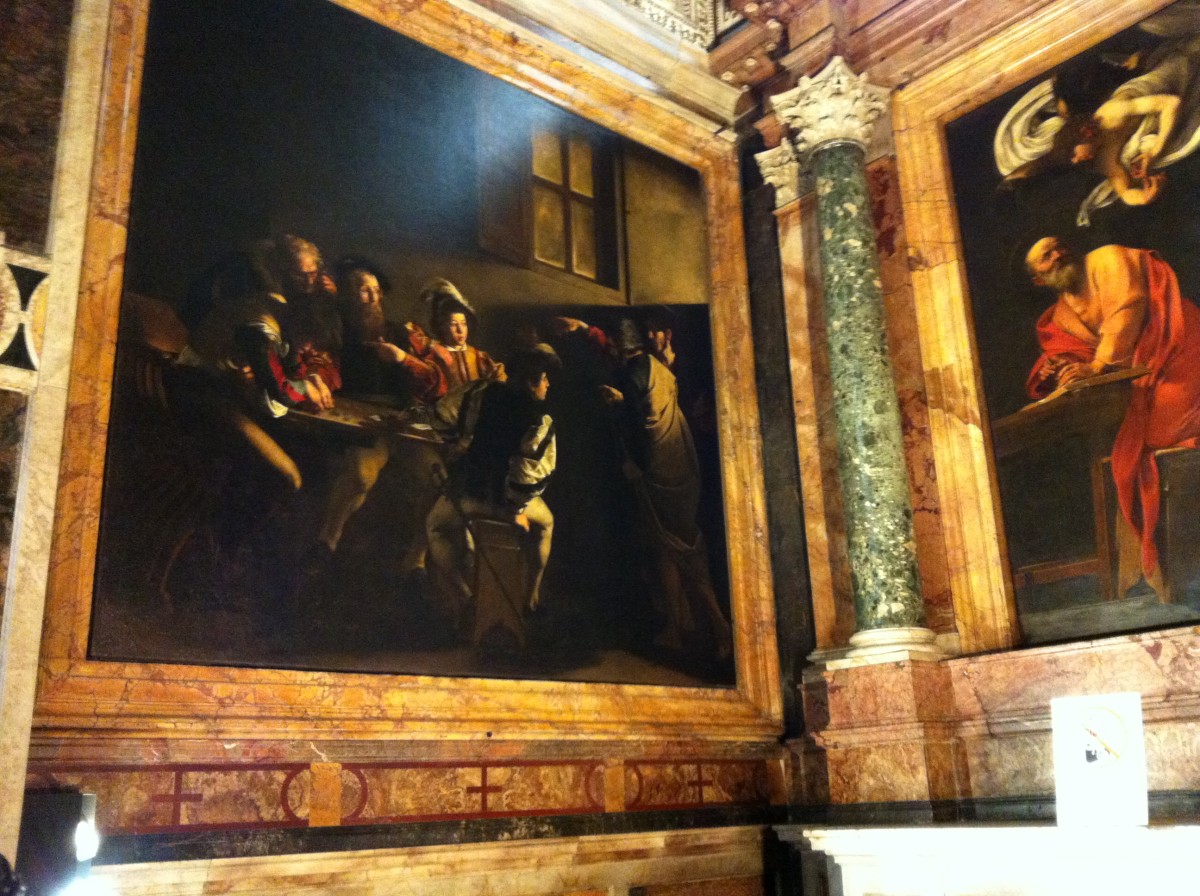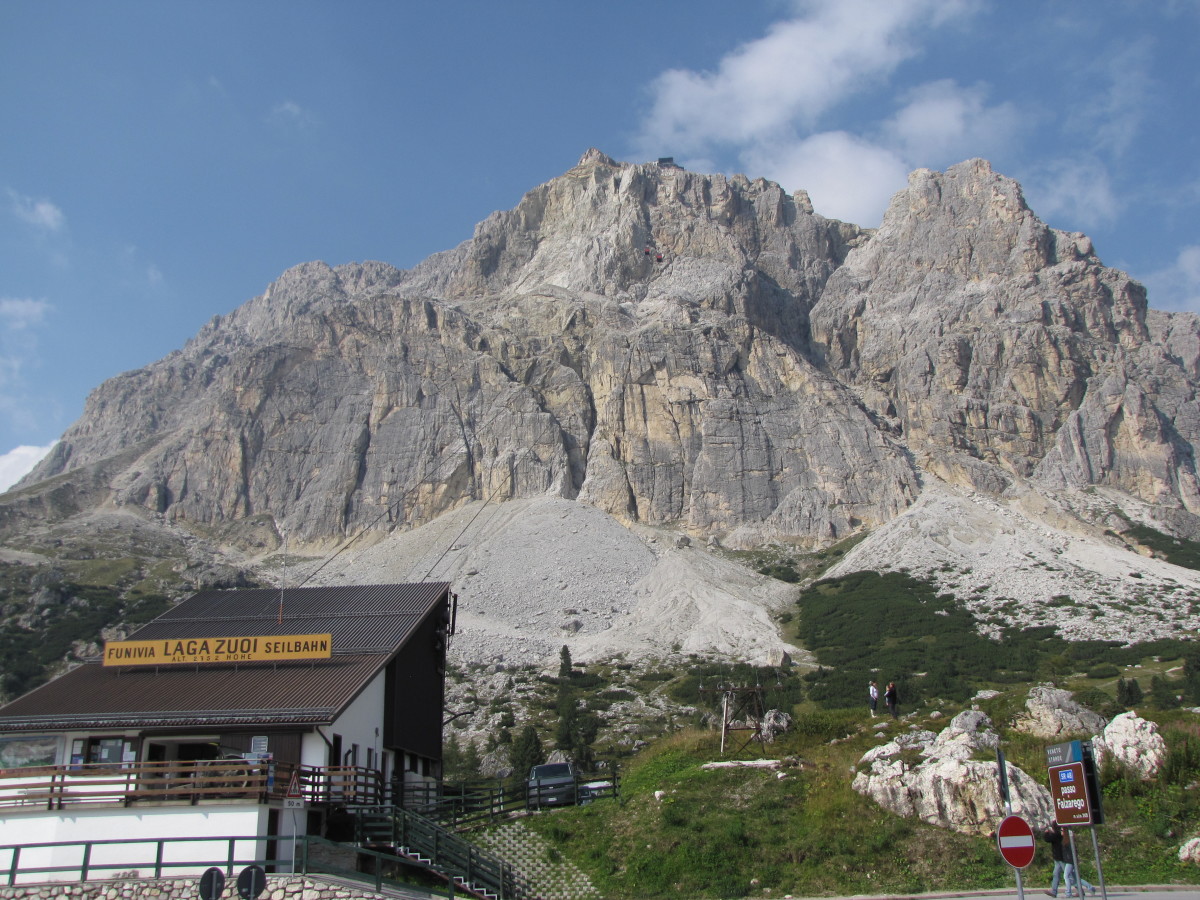Monte Cassino, Italy - location of a decisive WWII battle
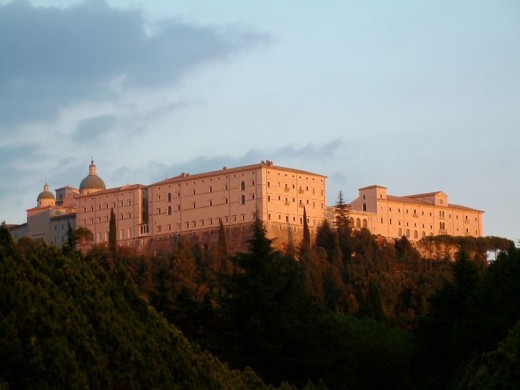
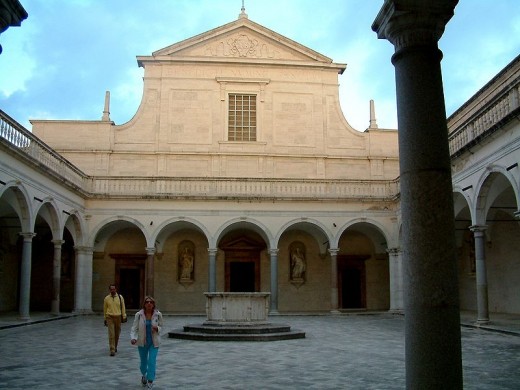
The beautiful edifice pictured above is the monastery at Monte Cassino, Italy, situated on a rocky hill about 80 miles southeast of Rome. It is located outside of the small town of Cassino, Italy. It was built in 529 AD and has been a monastery of the Benedictine Order since then. St. Benedict established the rule that ordered monasteries to be built in the West. It is one of the few remaining territorial abbeys within the Catholic Church today.
But Monte Cassino is best known as the location of one of the decisive WWII battles that raged in Italy for about five months. It is also the history lesson I learned when I visited my great-uncle Evarist in Italy. Here I learned for the first time in my life the Italian's take on WWII and the American soldiers that fought at Monte Cassino and throughout Italy. It was not a pretty picture he painted.
American soldiers were the aggressors in Italy in WWII. Never mind Mussolini or the Germans. Compared to them, the Americans were brutal, violent men who once they captured a town or city pillaged and raped and destroyed homes and possessions. According to great-uncle Evarist, they were savages who had no respect for Italians or their possessions. American soldiers came into homes, stole the furniture to hack up for firewood so they could keep warm, instead of gathering wood in the forested areas for their fires.
And the worst of everything, the Americans bombed the monastery at Monte Cassino to smithereens, killing innocent women, children and priests, in the process and never once hitting any Germans. I had to respectfully listen to my Italian great-uncle tear down the heroes of WWII, those of "the greatest generation" who helped to destroy not liberate the Italians from the Germans during WWII. And, the bombing of Monte Cassino was "the proof" that Americans had no respect for Italians during WWII. My mother kept kicking me under the dining room table indicating I was to be seen and not heard during this important "lesson" from my great-uncle. Respect is a big thing in Italian families, and I had to listen to great-uncle Evarist's version of WWII.
Later, when I had returned to the U.S., I had to look into what really happened at Monte Cassino. I couldn't believe that what he had told me had any merit. But, unfortunately, his version is not so far from the truth, and the American soldiers and military have taken quite a hit about this particular battle - and the Germans came out smelling like roses!
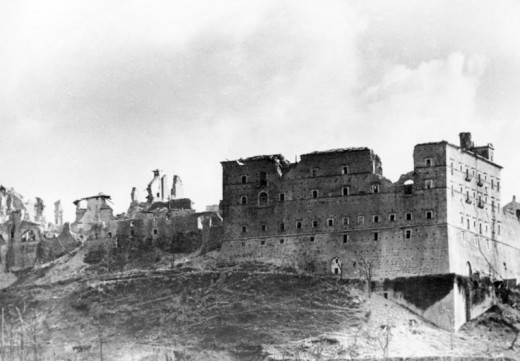
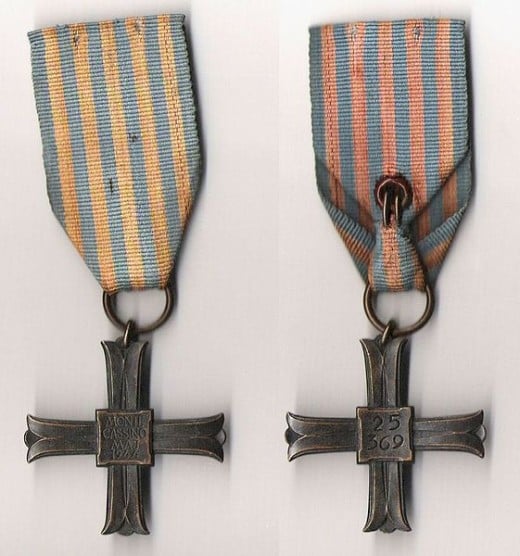
The Battle of Monte Cassino - January - May 1944
During WWII, Italy, under the dictator Benito Mussolini, was allied with Germany and Adolf Hitler. Hard to imagine, I'm sure, but that is who Italy sided with during the war. The Germans, therefore, were in control of all of Italy and the Allies, Britain, the U.S. and France, wanted to liberate Rome and all of Italy of the Germans in their fight to free the world of oppression, dictators, and Hitler's "final solution,"
The monastery of Monte Cassino made up one section of the 100 mile Gustav Line which was a defensive German line designed to hold the allied attackers from advancing any further in to Italy during WWII. The Gustav Line stretched from the west to east coast of Italy and the monastery was the key stronghold overlooking Highway 6 and blocking the path to Rome.
There were four battles fought at Monte Cassino from January through May of 1944. During this time the Gustav Line was attacked four times by the allied trops. The Allies fought hard in each battle against the Germans and Italians with the intention of breaking the Gustav Line and liberating Rome from the Germans.
Allied reconnaissance planes reported seeing German troops and German uniforms hanging outside on clothing lines drying in the Italian sun. The American military believed the monastery was an excellent observation point for the Germans of the surrounding hills and valleys.
As the American army weighted arguments for and against bombing the monastery, arguments leading to the destruction of the monastery rested on its potential (real or imagined) rather than the actual state of occupation of the monastery by the Germans.
Therefore, on February 15, 1944, 1400 tons of American bombs destroyed the abbey because the Americans thought the Germans were using it as an observation point and that it most likely was full of German troops.
Every investigation that followed the bombing (those by the Allies and Axis) found the following facts:
- the only people killed in the bombing of the monastery at Monte Cassino were Italian civilians seeking refuge from the battle in the abbey,
- there has never been any evidence any bombs dropped that day killed any Germans
- six monks survived the bombing because they were hidden in deep vaults of the abbey. Those that survived were the 79 year old abbot, Gregorio Diamare, three tenant farmer families, orphaned and abandoned children,and the badly wounded and dying.
To add insult to injury, the bombing of the monastery at Monte Cassino actually AIDED the Germans as it reduced the monastery to a pile of ruins which provided excellent defensive cover for them in the ensuing battles that followed.
The Germans held their position and drove back four offensive battles by New Zealanders, British Empire Indian regiments and Polish troops. The Allied forces, U.S., Britain and France, broke the Gustav Line between May 11-17, 1944. The German's withdrew from the monastery ruins on May 17, 1944 and the Allies took command of the ruins on May 18, 1944.
When the Americans arrived to investigate the ruins, they discovered that the archives and codices kept at the monastery had been safely transferred to the Vatican at the beginning of the battle by the Germans officers present at the time: one was a Roman Catholic German officer, another a Viennese-born officer and one a Protestant German officer from the Panzer-Division Hermann Goring.
Who would have thought that to the Italians the Germans would be the heroes of this battle and the Americans the horrible aggressors and killers of innocent Italian lives?
The capture of the monastery of Monte Cassino came at a very high price to the Allies. The Allies suffered 55,000 casulties and the Germans only 20,000 casulties. By the time the alllies had captured Rome, 105,000 allied soldiers were dead.
Because of the loss of only Italian civilians during the bombing at Monte Cassino, the Americans completely rebuilt the monastery with American dollars after the war. Pope Paul VI reconsecrated the abbey in 1964.
This was a tough lesson for me to learn about my beloved country and this battle fought by our soldiers. Mistakes happen, especially in war, but when they affect the lives of innocent Italians who are part of my heritage, it is difficult to swallow. I was glad I had not said anything when my great-uncle was telling me, which were to him, of the attrocities caused by the American army.
Copyright 2012 Suzannah Wolf Walker all rights reserved
